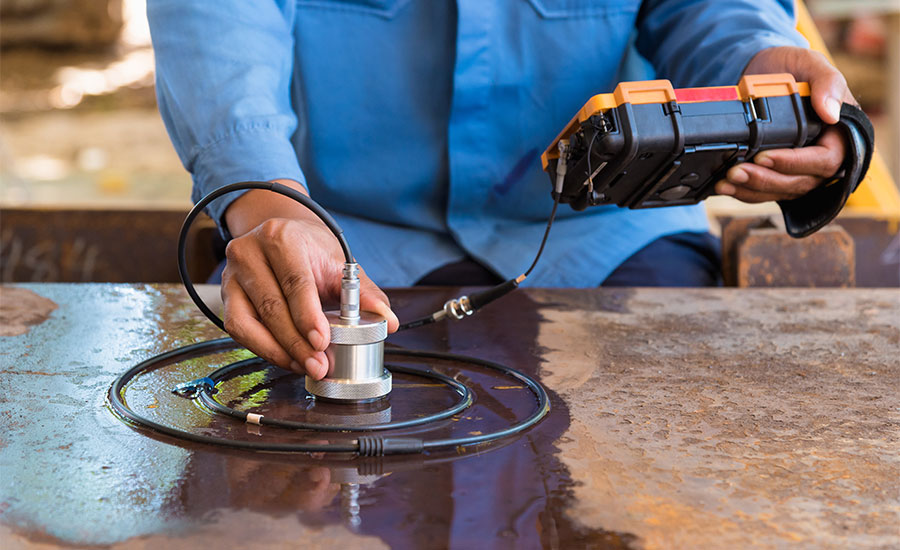What is Fire-Safe Testing?
Fire-safe testing evaluates the performance of valves under simulated fire conditions.
The goal is to ensure that the valve can withstand high temperatures, maintain its structural
integrity, and continue to provide a tight seal to prevent the escape of hazardous fluids.
The testing is conducted according to internationally recognized standards, such as API 607,
API 6FA, ISO 10497, and BS 6755. These standards define the test procedures, acceptance criteria,
and performance requirements for fire-safe valves.
Key Objectives of Fire-Safe Testing
- Leakage Prevention: Ensure the valve does not leak during or after fire exposure to prevent escalation of hazards.
- Structural Integrity: Maintain the valve's structural integrity under high temperatures to avoid deformation or failure.
- Operability: Ensure the valve remains functional after fire exposure for proper flow control.
- Sealing Performance: Verify that sealing components (seats and seals) continue to function effectively post-fire.

 Aptest
Aptest


